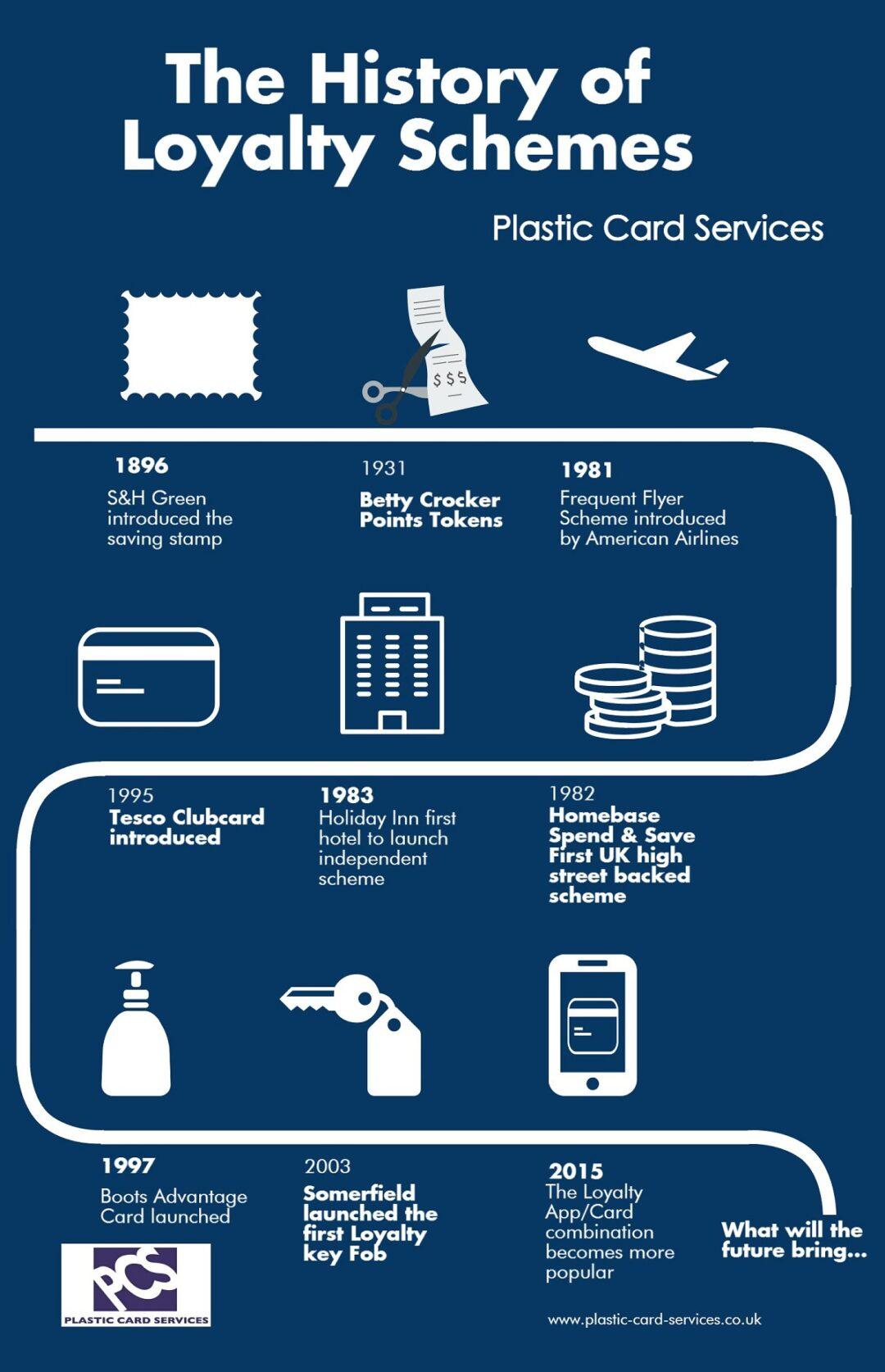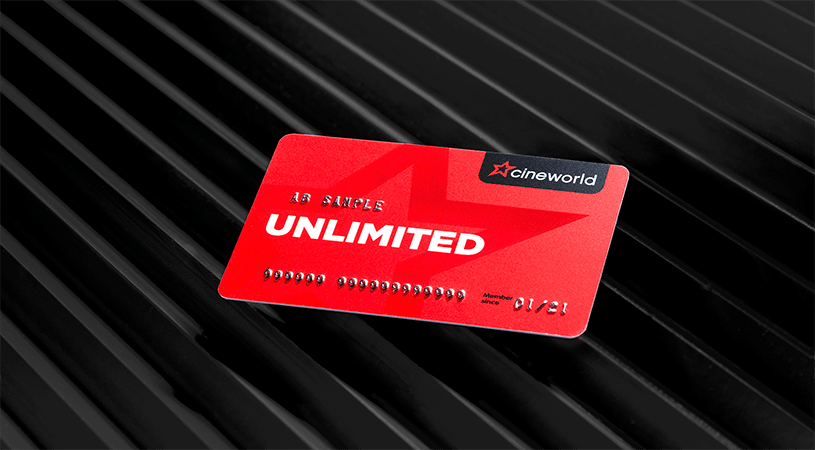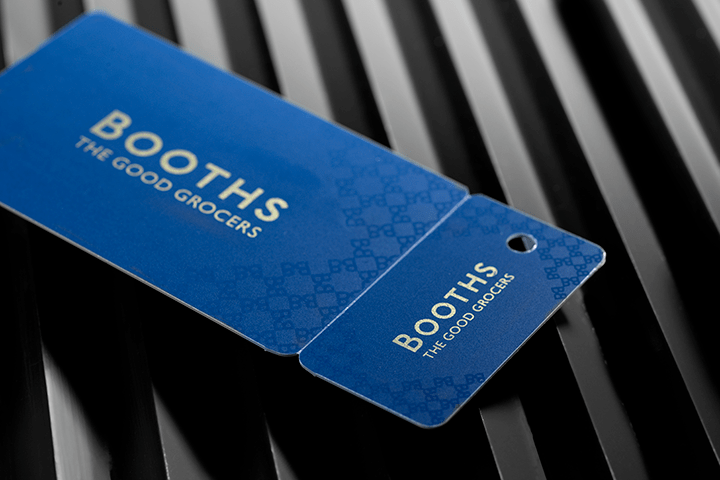For many the start of a new year offers the perfect chance to reflect at what has come and gone, as well as providing a great opportunity to plan ahead for the future. Precision Card Services has taken a look back at how loyalty schemes have developed over the years (Click image for full size).
Loyalty schemes have been around for longer than you may think. In fact one of the first schemes was started as far back as 1896 by S&H, in the form of ‘Green Stamps’ which saw retailers give out stamps to shoppers as bonuses based on how much they had spent. These were then collected and exchanged for premiums including housewares and other items.
1931 saw the introduction of the Betty Crocker Points Programme, which proved hugely popular with customers and lasted for 77 years.
Industries outside of the retail sector started to realise the advantages of loyalty schemes, with Airlines using the principle to implement what we now refer to as Frequent Flyer Programmes. American Airlines was one of the first to embrace the concept, launching its AAdvantage programme in 1981 offering special fares to frequent customers. Other businesses in the travel sector soon followed suit with the likes of Holiday Inn introducing its own independent scheme encouraging return visits from guests.
The 1980s brought UK consumers the opportunity to fully embrace the concept of loyalty schemes with the introduction of the first high-street backed scheme ‘Spend & Save’ from Homebase. But it was the 1990s that really saw the loyalty scheme concept take off, with retail giant Tesco introducing its iconic Clubcard in 1995, hotly followed 2 years later by the Boots Advantage Card. Not only are both these schemes still operating today, but they are actually two of the most popular loyalty schemes in the UK with over 16 and 17.9 million active users respectively.
With the success of loyalty schemes clear, the next challenge for businesses was how to stand out from the crowd and offer customers added value. Somerfield was the first to step away from the standard card collection, with the launch of its key fob card in 2003 offering its customers an alternative way to collect points.
With advances in technology, plastic loyalty card schemes, especially larger schemes are often now complemented with a digital gateway which can contribute to a fuller engagement with cardholders.
So whilst the days of collecting, sticking and licking of stamps are over and the use of plastic cards and apps has become the norm, the principles of loyalty schemes remain the same; reward your existing customers whilst attracting new ones and keep them coming back.





